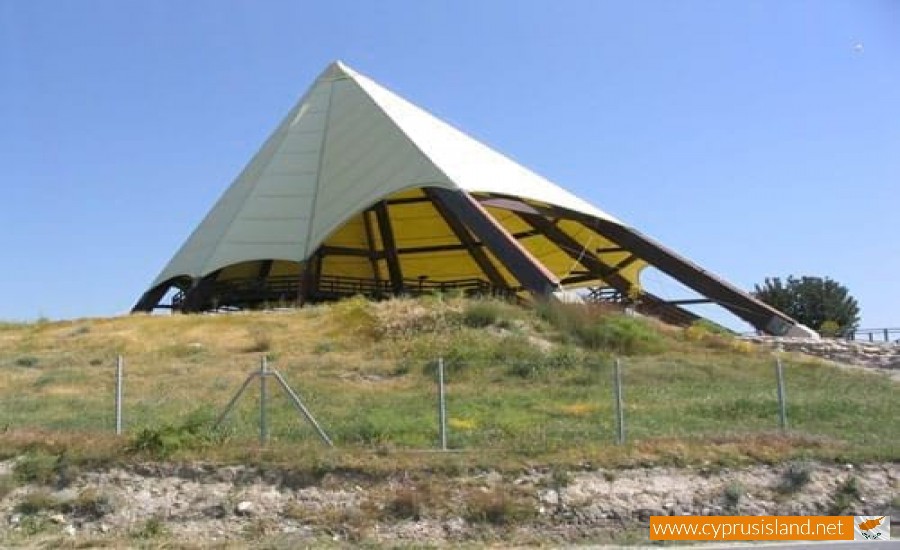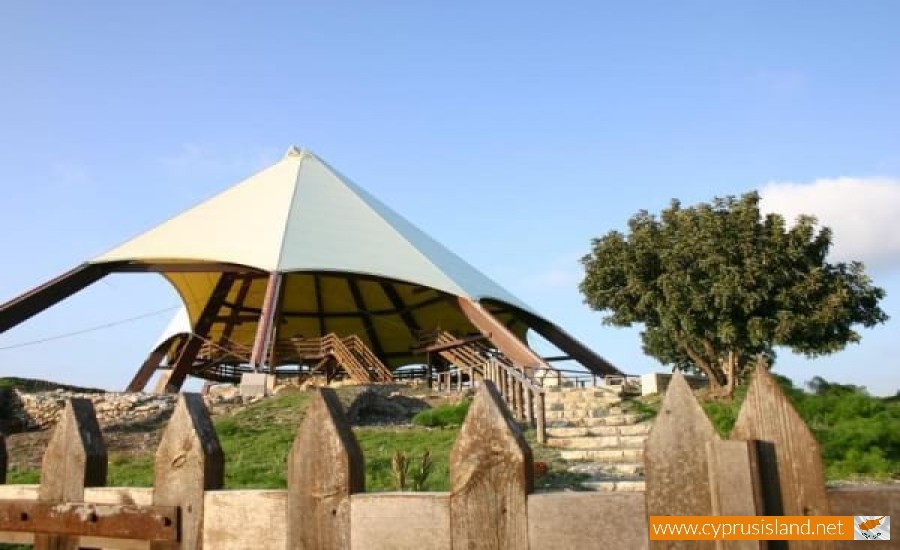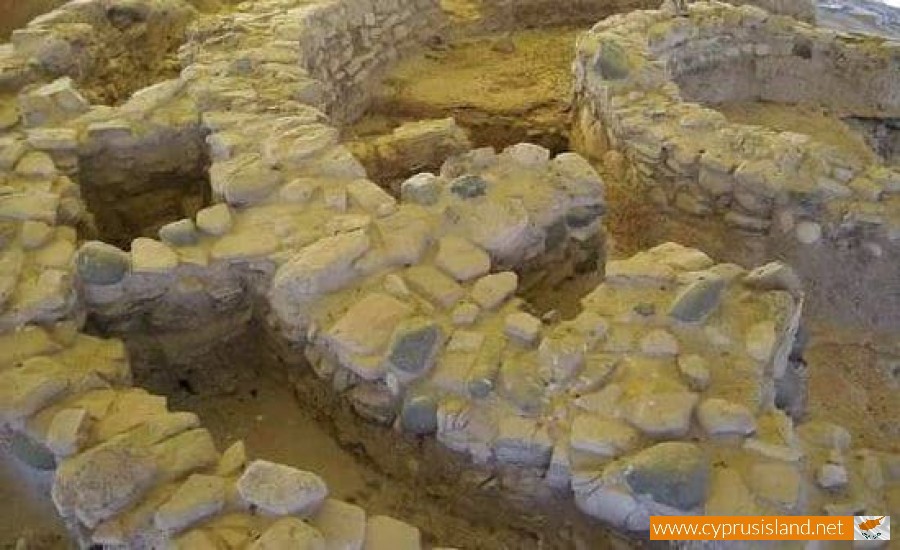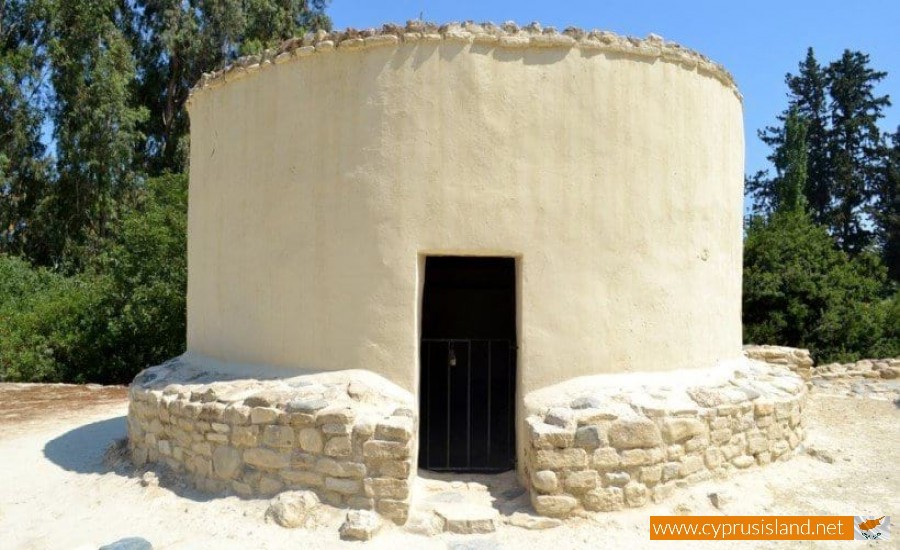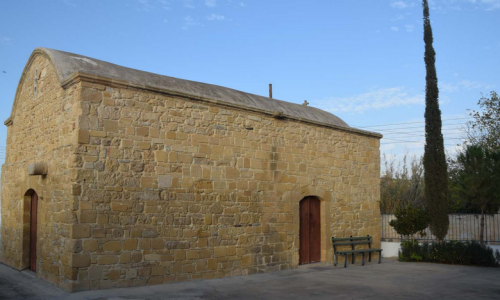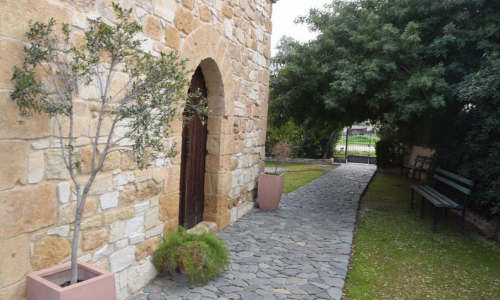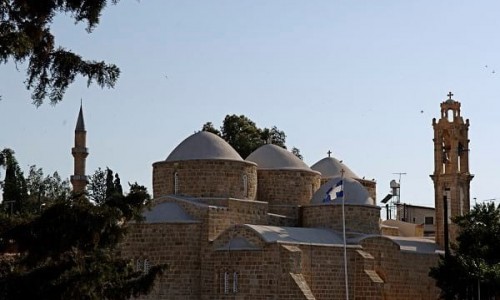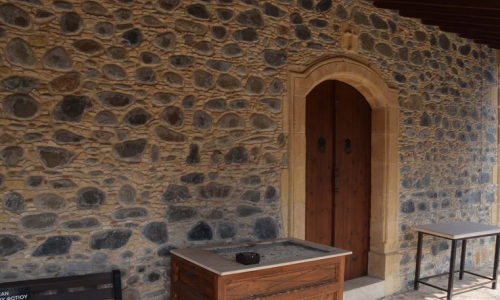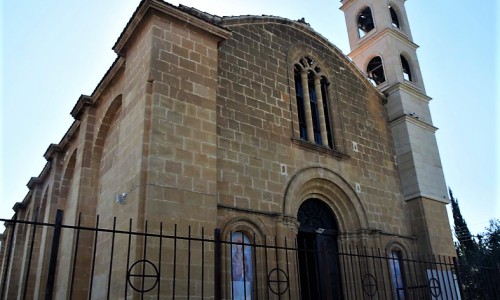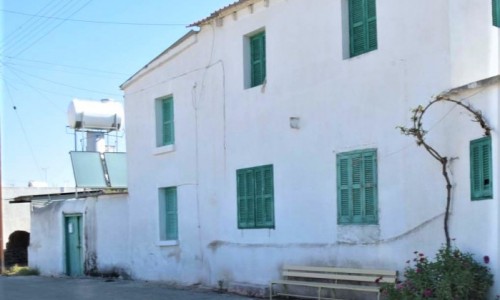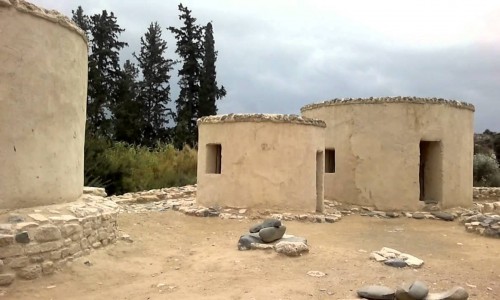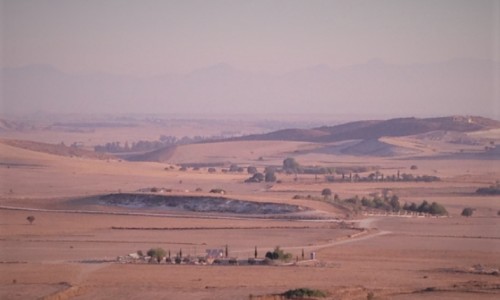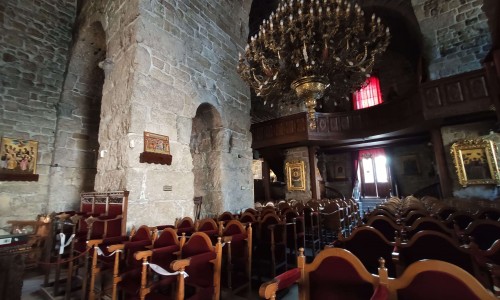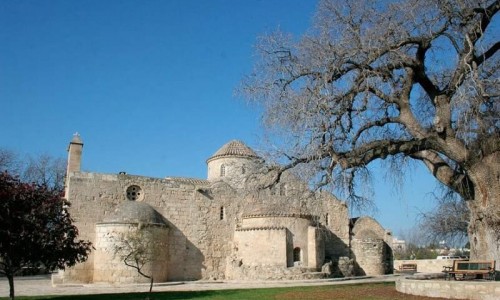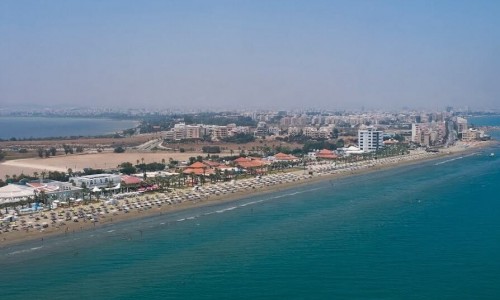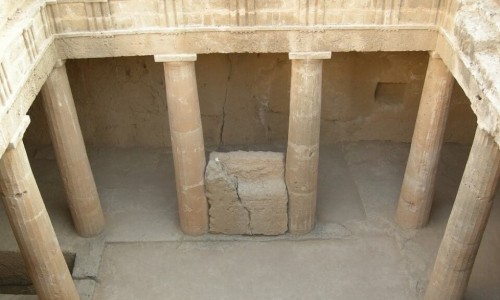Kalavasos Tenta - Archaeological Site
Kalavasos Tenta refers to a hill which is about 20 meters high, over the west side of the Valley of Vasiliko, 2.5kilometres from the village Kalavasos.
The hill was named Tenta , according to tradition due to the fact that this was the position which Agia Eleni set camp at in 327 A.D when she returned from Jerusalem with the cross used to crucify Jesus. The hill is located at a strategic point, on the road which connects the Troodos Mountain with the sea as well as the road which run towards the south coast of the island. It has a panoramic view of the whole valley and it is located near the Vasiliko River, at a point which can be crossed easily. It is located near sources of natural wealth (gypsum, asbestos, red ochre) and also has a natural fortification. For all these reasons it was the ideal place for the creation of an ancient community.
The area Tenta was first mentioned in 1940 when a stone container and other handmade items were found during the construction of the metal railway which ran from Kalavassos to the coast. The first excavation in the area took place in 1947 by Pofirio Dikeo. The area of Tenta received some attention until 1976 when the programme of the Vasiliko Valley began a more frequent series of excavations. These occurred every summer from 1976-1979 as well as one in 1984. These excavations were financed by the USA National Science Foundation.
Architectural remains
All the visible part of Tenta belongs to the most recent phase of the pre-ceramic Neolithic era before the use of angioplasty. The excavations were mainly done of the peak of the area and the lowest south slopes.
The Tenta area includes a small village with houses surrounding part of a natural hill. With the exception of the stairs between the houses, all the architectural elements in Tenta are circular. As in other areas, the houses were built from plitho, stone or a combination of both materials, at least during the first phase of the habitation, they were surrounded by a stone exterior wall which is considered to be for defence or a border line for the area of the community. There haven’t been any remains of a particular gateway through this wall.
Inside the area which was surrounded by the wall, was a community quite dense, built with rows of basic constructions which took over the east side of the peak in the area. Also one construction or a composition of constructions of a large size took over the west side of the peaked area. Towards the southern area, the constructions within the wall were scarcely built.
The exact number of the community size is impossible due to the series of slopes towards the north and west parts of the area. It is also not clear if the handmade items which were found area a representation of the size of the community, or if they have been scattered from higher points. Taking into account the variety of house sizes and the spaces which divide them, it can be estimated that it was made up of about 40-45 constructions. It is also estimated that the adult population of Tenta never went over 150 people.
The variety, which is visible in the house architecture of Tenta is one of the most special characteristics in the area. All the important structures are curved, but the shape, the size and the interior of the buildings as well as the methods of construction have a variety. The most impressive floors were red which were used for buildings of importance. These types of buildings weren’t found in the east side or the lower south side of the area.
Burials
In total 14 human graves which had 18 people in each were found under the floors of the buildings or outside in open areas. The burials under the floors include adults, children and babies usually buried separately, however the four babies were found in a shallow pit towards the southeast side near the wall. The skeletons are usually found on their sides or their backs and the bodies of the adults had to be bent in order to fit in the area. In comparison to the burials in Choirokitia, the burials in Tenta did not contain any items apart from a small red marble which was buried along with a child. Also in Choirokitia the dead were all buried under the houses while in Tenta tombs were found between buildings, some in combination with layers of rubbish and some were found partially buried.
Handmade items and economy
A collection of handmade items which were found in Tenta , including the preserved piece of mural are on exhibition at the Cypriot Museum in Nicosia. Other items are on display at the Regional Museum of Larnaca.
The various categories of handmade items which were found in all the levels of the pre-ceramic phase in Tenta are generally similar with the ones found in Choirokitia and other Cypriot pre-ceramic locations. The common findings such as stone containers which are characterised by complex shapes show the knowledge which was placed in the process of hard stones as well as the softer asbestos. It is very rare that a complete container is found as the pieces which are commonly found are scattered in the area.


